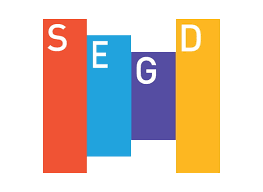ARCHIVE: Category Archive for: New England Signs
Signs of Success: A Year in Review with MSA
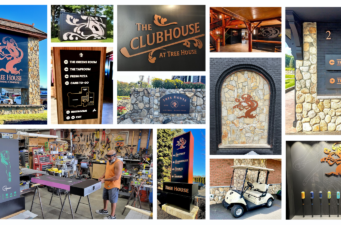
What a year! As we begin 2024, we want to extend our heartfelt gratitude. Your support and collaboration have made the past year our most successful yet! Looking back on 2023 fills us with gratitude. We’ve had the honor of completing a wide range of signage projects—from city landmarks to local businesses. Each sign represents our dedication to quality and client happiness. We’re incredibly thankful for the chance to have worked on such varied projects, knowing they’ve left a meaningful mark wherever they stand. Let’s take a step back and look at some of the projects from 2023 that caught our eye… A 360 Package: Tree House Brewing Company Working with Tree House Brewing Company in Tewksbury, MA
A Season for Gratitude: Thank you from MSA!

We hope that you had a fantastic Thanksgiving surrounded by warmth, love, and delicious food shared with family and friends. As the leaves have fallen and the air has grown crisper, we at Metro Sign & Awning are filled with gratitude for the opportunity to serve you as your premier signage partner. Although Thanksgiving has passed, our enthusiasm to express gratitude and embrace this season of thankfulness remains undiminished. Thank you for being an integral part of our community. Your confidence in us is both humbling and motivating. Wishing you a wonderful holiday season and a prosperous year ahead! Please join us as we kick off our newsletter and bring you a glimpse into the vibrant world of Metro Sign
Elevate Your Brand with Metro Sign & Awning

In the world of business, signage holds a vital role. It serves as more than just an identifier; it’s a powerful tool for branding, marketing, wayfinding, and enhancing the overall image of your business. However, the value of a sign goes beyond its physical presence. It embodies the essence of your business and can make a lasting impression on customers. That is why here at Metro Sign & Awning we consider ourselves a full-service commercial sign company that understands this value and specializes in taking your signage needs and your business to the next level. Metro Sign & Awning: Your Partner in Signage Excellence At Metro Sign & Awning we are not just another sign company; we are
MSA End of Summer 2023

We’re very excited to bring you a glimpse into the vibrant world of Metro Sign and Awning! As your trusted source for top-notch signage solutions, we’re committed to keeping you in the loop with industry trends, our latest projects, and insider tips on making your brand shine. Thank you for choosing Metro Sign and Awning as your signage partner. We’re dedicated to helping you make a lasting impression, and this newsletter is just one way we’re delivering on that promise. Elevate Your Brand with Metro Sign & Awning Looking for a way to elevate your brand and make a lasting impression on your customers? Look no further than Metro Sign & Awning. Our team of experienced designers and fabricators will
Keeping Up with MSA

Wall Graphics: The Center at Innovation Drive Wall graphics do more than display your brand – they significantly enhance your employees’ mood and productivity. By incorporating your brand elements into the workspace, you create a visual reminder of the company’s values and mission, fostering a sense of unity and pride among the team. Moreover, well-designed wall graphics have a direct impact on the work environment. Strategic placement of calming nature scenes or motivational quotes can uplift employees’ spirits, reduce stress, and create a more positive atmosphere. This, combined with the visual appeal, translates into a happier and more engaged workforce. Additionally, creative and inspiring graphics can stimulate innovative thinking and problem-solving, further boosting overall productivity. In essence, investing in impactful
Mixing It Up with Mixed Development
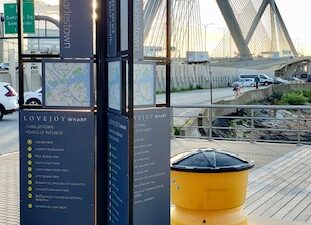
While the U.S. is seeing a definite increase in mixed-use developments, they’re actually not a new concept. In fact, according to Deloitte, mixed-use properties were strategies used about 50 years ago to rejuvenate urban areas. And as population density increases, real estate prices remain high and office occupancy remains low, mixed-use developments offer an attractive option for developers, companies, tenants, and residents. Live, Work, Shop, Play A trend that had been growing in popularity even prior to COVID-19, the pandemic accelerated the planning, design, and construction of mixed-use developments. In fact, in Boston alone, there are at least seven major mixed-use projects under construction right now. These properties empower residents and visitors to have more control in their choices and
World on the Move: Approaches to Transportation Hub Signage and Wayfinding
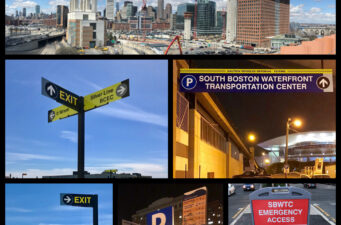
J.R.R. Tolkien said, “Not all those who wander are lost.” But in general, travelers prefer to know where they’re going. Whether an environment’s familiar or not, well designed signage helps ensure that only those who want to wander are free to do so — and everyone else can successfully find their way without getting lost. Wayfinding, or directional, signs serve four main purposes: Pointing people where they need to go. Identifying landmarks (rooms, concourses, wings, and other important features). Informing people about regulations and instructions a space requires them to follow. Defining the space, because transportation hubs are large, open spaces, and wayfinding branding helps define and bring consistency to the property. As with wayfinding signs used in other facilities like
Structural Signage for an Arctic Adventure
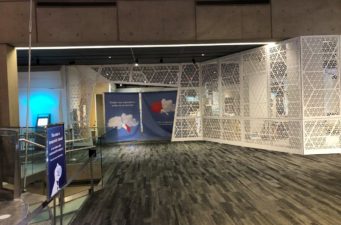
Signage plays a pretty important role in Museums. Bright bold colors, interesting graphics, and eye-catching fonts help command visitor attention. But museums offer additional challenges with architectural signage, which must align with their high aesthetics and design standards. Strong, effective signs should reinforce the buildings’ styles and standards, too, while also conveying easily-read messages. Since cultural attractions like museums, science centers, and aquariums exist to entertain and inform, every part of their planning—including signage—factors in how they can enhance visitor experiences. Details Make the Design While function remains the first goal of creating museum signage, exceptional designers think about the “fun” in function, too. Signage that reflects an exhibit’s theme brings the museum brand personality to life. Whether it’s a
5 Ways Digital Signs Improve the Customer Experience at Bank Branches
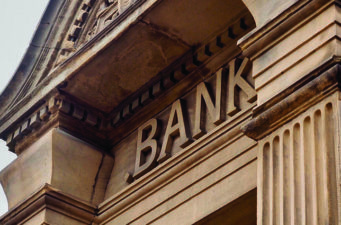
Video displays can make financial institutions more attractive and approachable.
Six String Grill & Stage
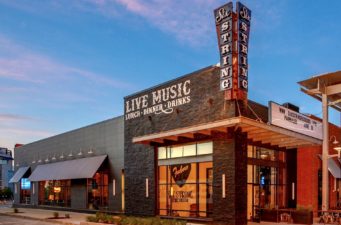
The Briar Group, one of our long-term customers, was looking to open a new restaurant and bar featuring live music at Patriot’s Place in Foxborough, Massachusetts. We were thrilled to be called on for this challenging new venture, Six String Grill & Stage. They requested production, design and installation services from us based on conceptual layouts. One wrinkle was that the original as-built building drawings were no longer available. However, we were able to collaborate with several of the original stakeholders to fully grasp the desired look and design specs. With a few engineering challenges and a short lead time, this ended up being an exciting project we won’t soon forget. Creating the “Wow” Factor The Briar Group’s design firm,
Categories
Recent Posts
Tags
Copyright 2022 MetroSign and Awning, All rights reserved | Privacy Statement | Terms of Use
